What’s that ache in your heel? In the event you’re hobbling round like your grandfather within the morning as a result of your toes harm, you might have plantar fasciitis, a situation that plagues about a million folks yearly — particularly runners.
What Is Plantar Fasciitis?
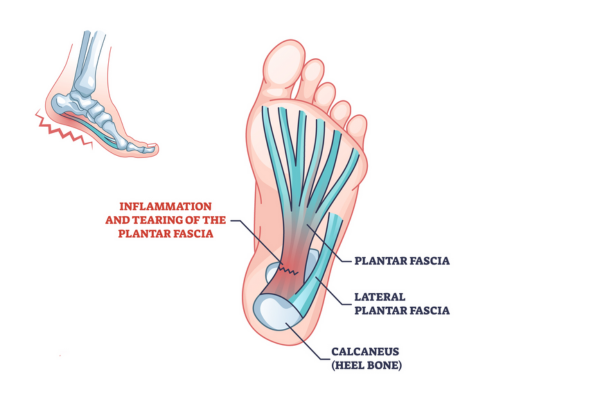
Plantar fasciitis is the irritation and irritation — normally as a consequence of a tear — of the powerful band of connective tissue that stretches alongside the underside of your foot, also referred to as the plantar fascia.
As a result of the fascia inserts on the underside of the heel, that’s the place most individuals really feel the ache — particularly once they get off the bed within the morning. However some folks might really feel it nearer to the ball of the foot.
Widespread signs of plantar fasciitis embrace the next:
- Sharp ache in or round your heel
- Ache within the arch of your foot
- Swelling close to your heel
- Achilles tendon ache
What Causes Plantar Fasciitis?
The ache you expertise from plantar fasciitis might really feel abrupt and sudden, however listed below are some components that may contribute to it:
- Unsupported/flat toes. “Usually, due to the arch, the plantar tissue takes on form of a ‘C’ form,” says Nadya Swedan, M.D., a physiatrist in New York Metropolis. “But when your foot isn’t supported, it flattens out and that causes micro-tears. I see it regularly in girls who put on flats or go barefoot, and in individuals who have gained weight or are on their toes for hours at a time.”
- Extreme foot pronation or supination. Overpronation (toes rolling inward an excessive amount of with every step) and oversupination (toes rolling outward an excessive amount of) contribute to the issue as a result of your arch is actually collapsing — stretching and tearing these fibers — with every step.
- Restricted ankle dorsiflexion. Poor ankle dorsiflexion (the power to attract your foot in direction of your shin), from tightness within the calves or Achilles tendon, is a danger issue for plantar fasciitis.
- Low exercise ranges. Research present that people who find themselves extremely obese and/or sedentary are at an elevated danger of creating plantar fasciitis.
- Being in your toes for too lengthy. Based on a examine of fifty members with plantar fasciitis, those that spent a majority of their workday on their toes have been extra prone to ache.
How Can I Deal with Plantar Fasciitis?
Relaxation is vital. Biking, swimming, deep-water working, and weight coaching are good stand-ins for working, however within the meantime, strive these tricks to deal with the signs of plantar fasciitis.
1. Get assessed
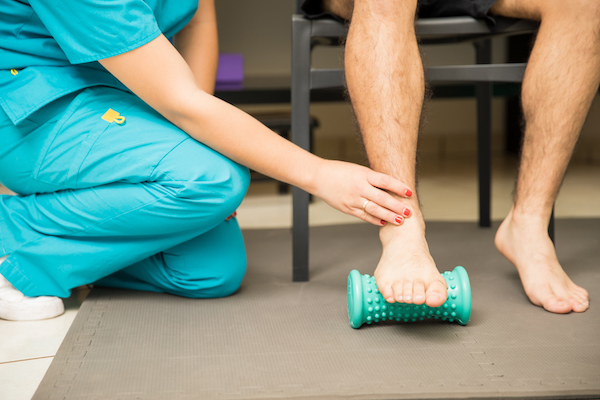
Foot issues are sometimes associated to muscle imbalances within the hip.
After being identified by a specialist, have a bodily therapist or certified coach consider your gait, posture, and motion. This will help establish and proper imbalances and probably even leg-length discrepancies that may be contributing to overpronation or oversupination.
2. Limber up
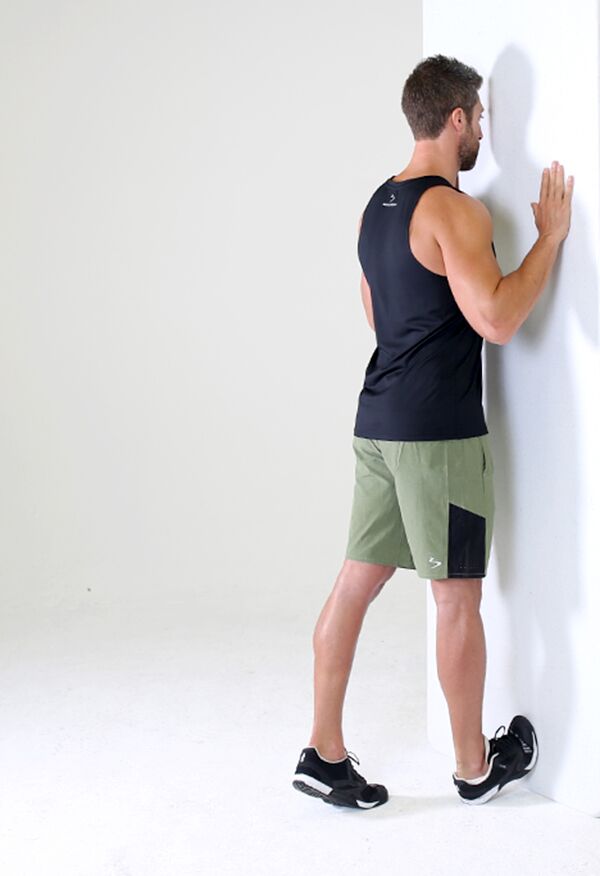
In case your calf muscle tissues are overly shortened and tight, your ankle may have much less vary of movement, which implies there might be extra pulling alongside the underside of the foot.
The standing wall calf stretch will help loosen these muscle tissues.
- Going through a wall, put one foot ahead so your heel is on the bottom and the ball of your foot is in opposition to the wall.
- Resting your palms on the wall, gently straighten your entrance leg and lean ahead till you are feeling a deep stretch in your calf.
- Change legs and repeat.
3. Get stronger
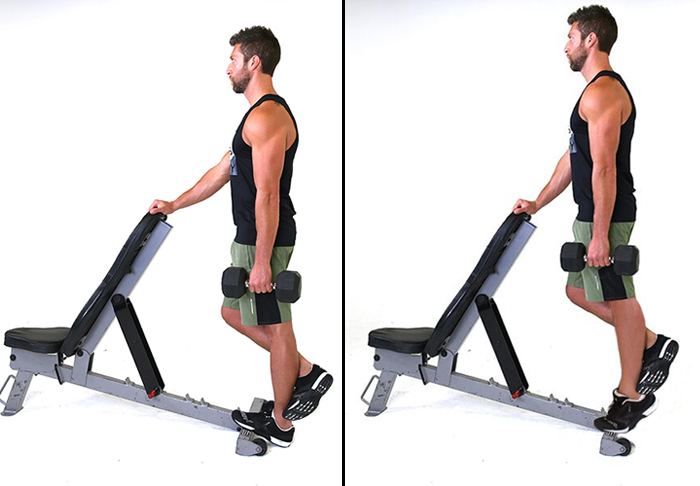
Strengthening the fascia will assist it reply to the hundreds you need to placed on it, which might be three to 4 occasions your body weight for those who’re working.
A examine within the Scandinavian Journal of Medication & Science in Sports activities discovered that doing calf raises each different day initially improved the ache of plantar fasciitis greater than stretching did (each teams ended up with related outcomes after a yr and each wore heel lifts).
An efficient train to assist construct energy is standing calf raises.
- Holding a dumbbell in your left hand, stand with the ball of your left foot on an elevated floor together with your heel hanging off, and your proper toes resting in your left ankle.
- Press the ball of your foot down to assist preserve your ankle aligned and keep away from rolling.
- Preserving your core engaged, increase your left heel as excessive as doable.
- Slowly decrease your heel down under the raised floor till you are feeling a stretch in your calf.
- Repeat and do equal reps on each legs.
4. Add cushioning
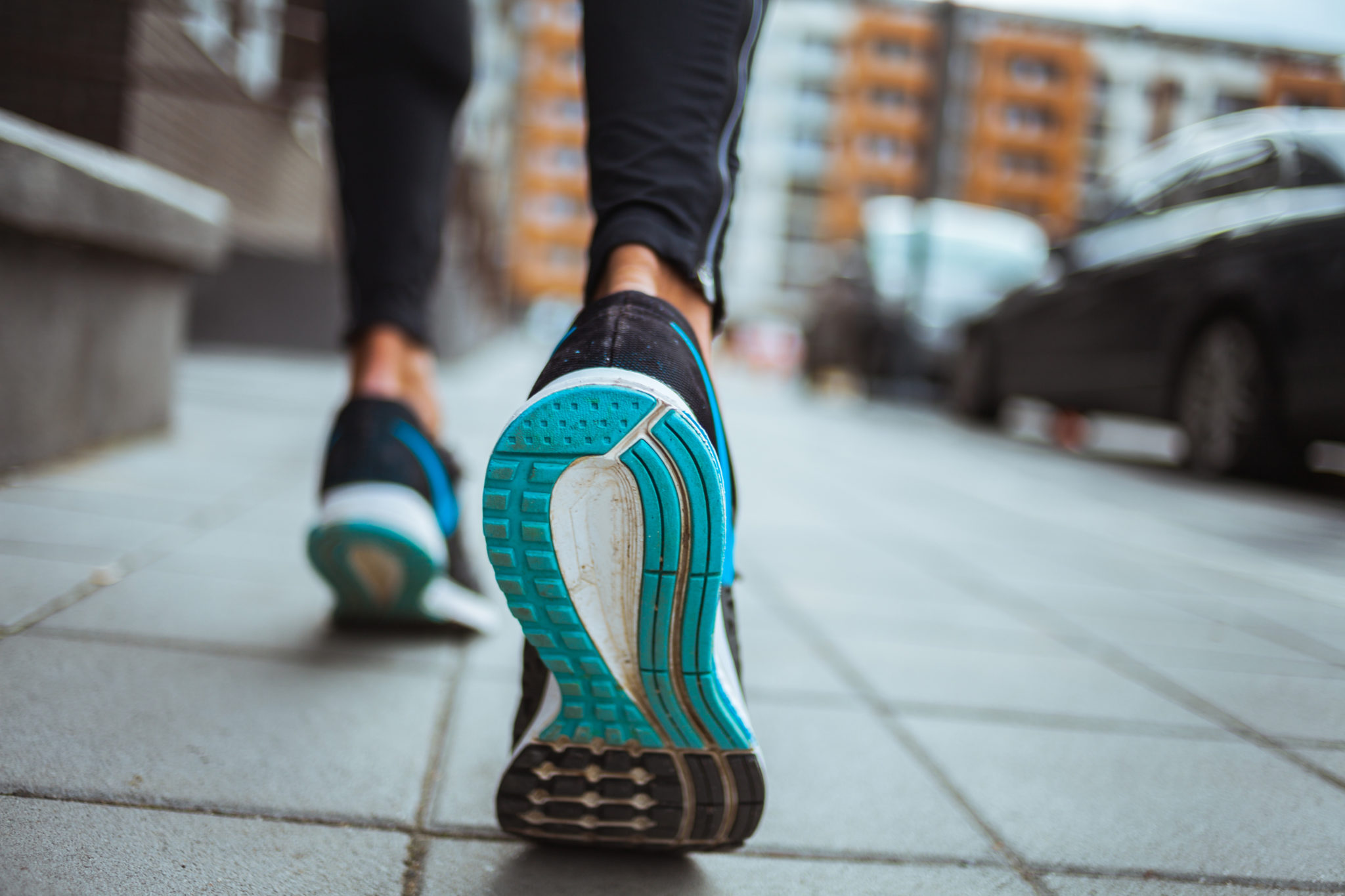
Rising your heel peak takes a few of the pressure off the fascia, lowering ache and trauma.
“Gel heel cushions, arch helps, and orthotics can all work,” says Swedan. “Test your native drugstore variations earlier than you go for pricier ones.”
Additionally, skip the flip-flops and ballet flats. As an alternative, favor sneakers with extra cushioning and a small heel.
5. Think about needles
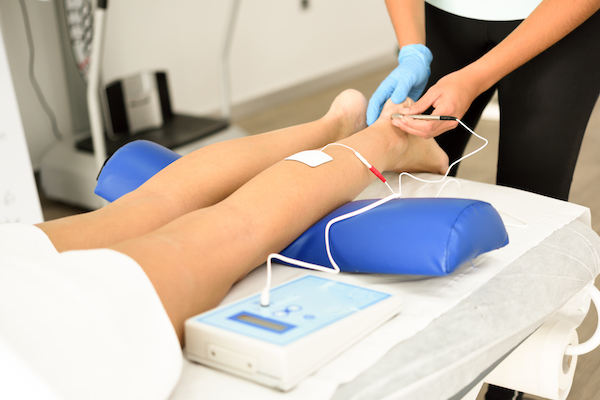
Research are combined on whether or not acupuncture will help, however some folks swear by it and say you may even see a discount in ache after a single therapy.
Hydrocortisone injections may provide non permanent aid, however repeated photographs can harm surrounding tissues.

